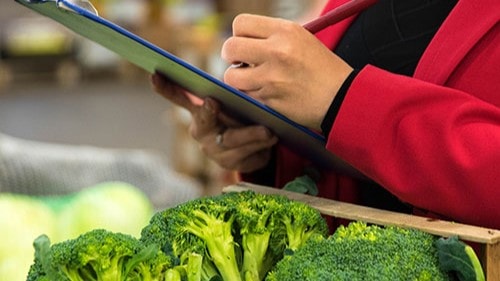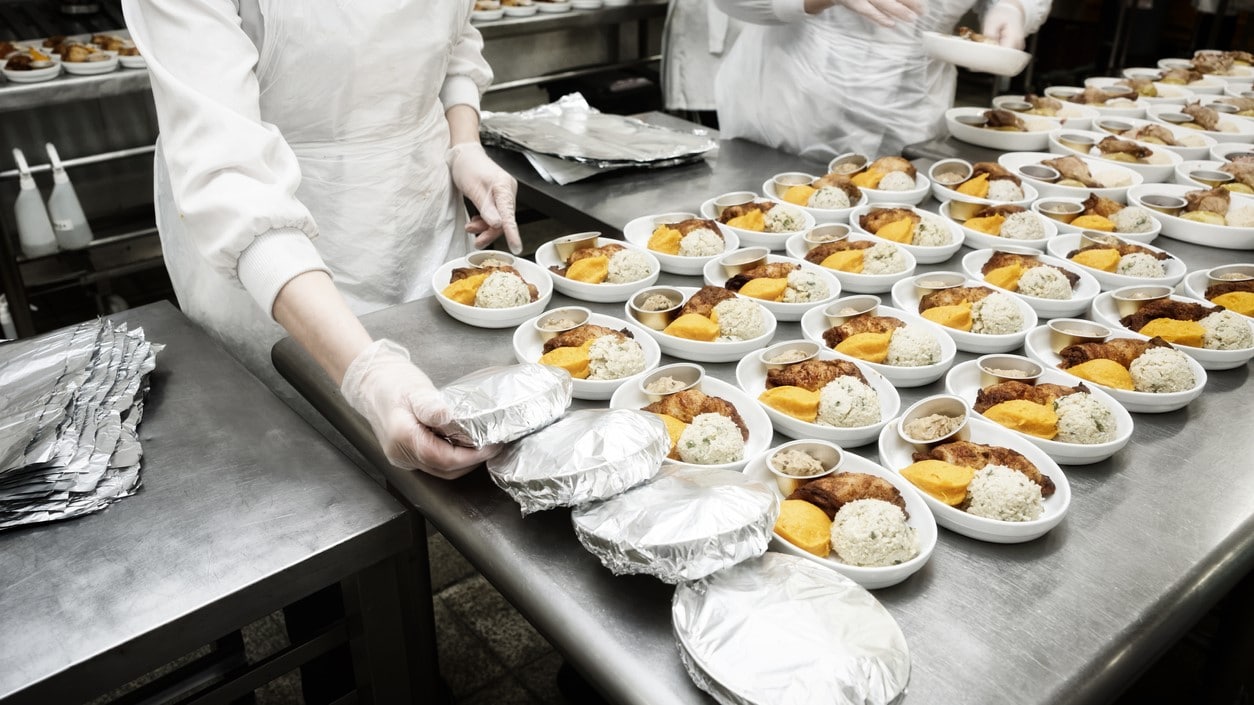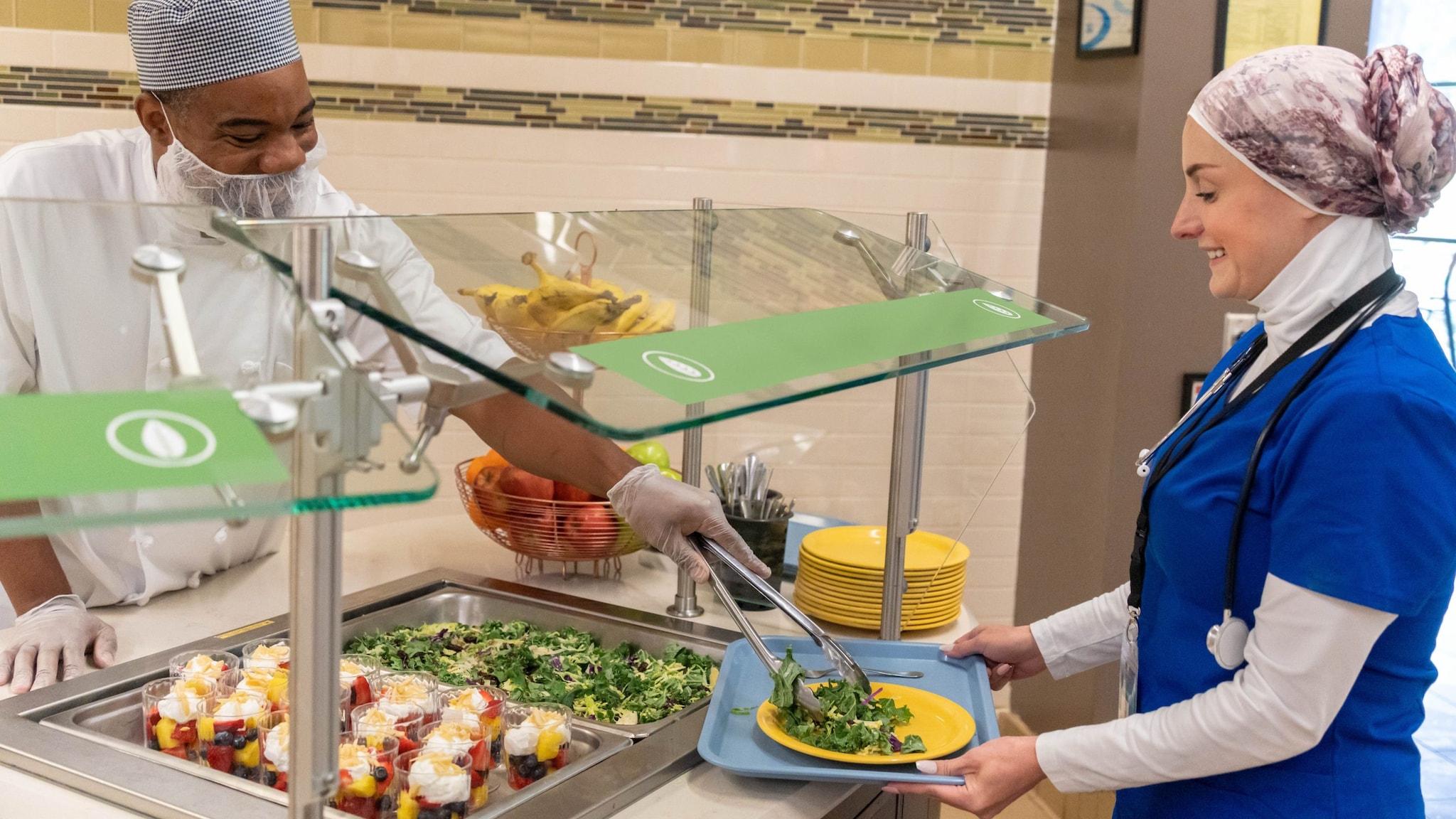At a glance
Point-of-sale data may provide the most direct evidence of changes in sales of healthier and less healthy items. Point-of-sale systems can be grouped into four categories, each with different potential uses. See considerations, advantages, and disadvantages of using this type of data to evaluate food service guideline initiatives.

Introduction
Point-of-sale systems capture data on sales of foods and drinks. These systems can provide information about the change in sales of healthier and less healthy items. You can use data from point-of-sale systems in cafeterias, snack bars, and other venues to evaluate the implementation of your food service guidelines.
Point-of-sale systems include hardware such as cash registers, touchscreen monitors with cash drawers, and credit card readers. They may also include software that records purchases made by consumers.
Using point-of-sale data
When planning your evaluation, meet with food service managers to investigate the ways point-of-sale data are recorded in facilities of interest. It may be possible to evaluate some food items but not all of the food standards.
Consumer sales data may be captured at some facilities. You may wish to use those data to represent consumer sales data in your evaluation. These data can complement other data sources collected from other facilities.
Working with food service managers from several sites can help you develop a way to record sales of healthier or less healthy food items. For example, food service managers may agree to record sales of healthier entrées, sides, or a la carte items such as fresh fruit or bottled water. The products selected should:
- Reflect important food service guidelines requirements.
- Be sold in sufficient sales volume that can affect the healthfulness of foods purchased by customers.
- Be reasonably easy for food service managers to program into their point-of-sale systems.
- Be easily identified by staff as they need to be able to differentiate between food products and accurately record them.
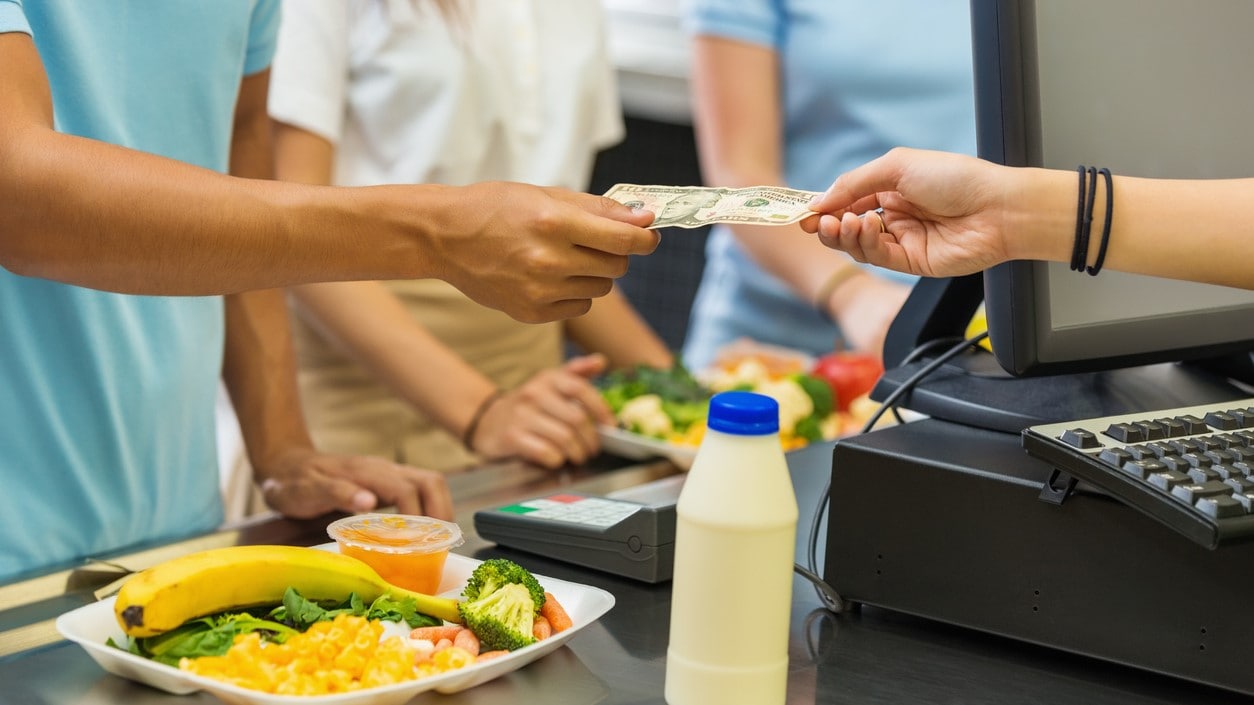
Considerations
When using point-of-sale data, consider the following issues affecting your evaluation.
Menu cycles
Many cafeterias have menu cycles where entrées and sides follow a repeating pattern over one or more weeks. Sales of healthier or less healthy foods may vary during the menu cycle depending on the popularity of the food item. Menu cycles should be considered when collecting point-of-sale data on foods purchased. You should assess at least a full menu cycle, and if feasible, assess multiple cycles. Sales per menu cycle can be a meaningful time unit for measuring sales.
Total sales volume
Total sales volume varies for most facilities during the year. For example, the volume of sales may decline during times when many employees take vacations such as during major holidays. Therefore, you must adjust for the total sales volume when comparing sales of healthier entrées between baseline and intervention periods.
An example formula for adjusted sales volume is below. Note that adjusted sales are intended to evaluate the healthfulness of foods sold as a part of your food service guidelines. Adjusted sales volume differs from actual sales volume and should not be used for tracking or ordering inventory or for assessing financial revenue.
Example Equation to Account for Total Sales Volume
Amount of data needed
Other factors that may affect sales cannot be anticipated or predicted. Therefore, it is important to ensure the data are collected over sufficiently long periods. This is because unusual rises or falls in sales on a given day may overly influence the results of the evaluation. For example, data may be gathered over several months, with multiple full menu cycles represented.
Advantages of point-of-sale data
Depending on the type and programming of point-of-sale systems, point-of-sale data can provide the most direct evidence of changes in sales of healthier and less healthy foods. This is because they measure foods actually purchased by consumers.
Point-of-sale data includes prepared foods such as entrées, sides, and desserts.
Point-of-sale data can provide specific menu items and the date on which they were purchased.
Disadvantages of point-of-sale data
Point-of-sale systems may not be able to differentiate between healthier and less healthy options. They may have the capability but may need to be reprogrammed, and some food service managers may be unwilling to do this.
Point-of-sale data cannot usually be used to assess the healthfulness of salad bar items and fountain drinks. For example, salad bar items are usually purchased by weight whether consumers purchased lettuce or fried chicken strips.
Point-of-sale datasets may be very large and contain a number of different foods and beverages. This may require extensive coding to classify food items as healthier or less healthy.
Point-of-sale data from different facilities may vary substantially and complicate multi-site evaluation efforts. Food service managers may not be familiar with procedures for exporting data in a usable format for evaluation.
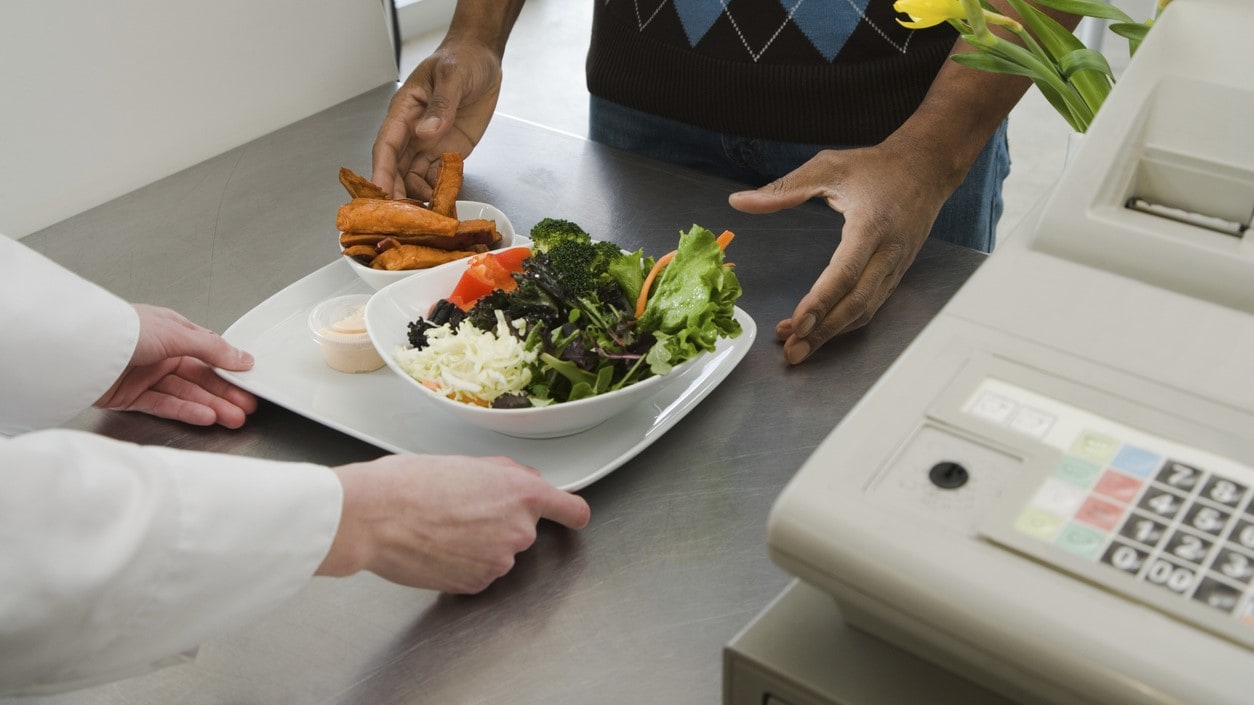
Systems capabilities
Point-of-sale systems vary across facilities in their ability to capture data for evaluation. Systems, if properly programmed, can automatically produce data from sales transactions. Outdated systems may not record data electronically. Newer systems may not be programmed to capture the healthfulness of a purchase.
Point-of-sale systems are in four categories, depending on the information they provide.
Does not have usable sales data
Some point-of-sale systems may allow the user to enter the item price without entering the type of food. This could be due to equipment limitations or inadequate programming. This type of point-of-sale system may not be able to provide sales data or identify specific foods and beverages. In this case, you will need to use other data sources.
Has sales data but cannot determine product differences
Some point-of-sale systems may capture sales data but without the specificity to identify products of interest. For example, a system may capture the sale of an entrée but not the specific food item.
Some point-of-sale systems may be need to be reprogrammed to capture data for evaluation. Reprograming the system and training staff takes time and may be burdensome for food service managers. It may be more efficient to use a point-of-sale system with fewer, broader categories.
Has sales data with mixed ability to determine product differences
Some point-of-sale systems can identify food items that meet food service guidelines. However, they may not be able to identify other foods, such as fountain drinks or salad bar items.
Fountain drinks and salad bar items are consistently difficult food items to record accurately. However, you can use procurement and/or production data for products that are not adequately captured at the point of sale.
Has sales data with determination of product differences
Some point-of-sale systems capture data on healthier and less healthy foods, particularly those operated by large food service companies.
More information on data types
Next steps
Return to "Building Blocks"
Use the "Building Blocks of Food Service Guidelines" to navigate to other parts of the Food Service Guidelines Implementation Toolkit.

